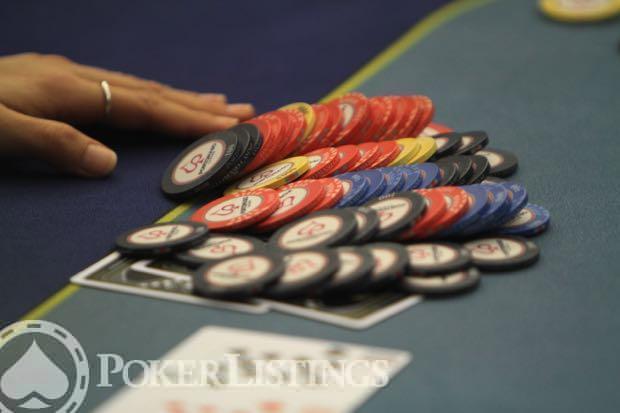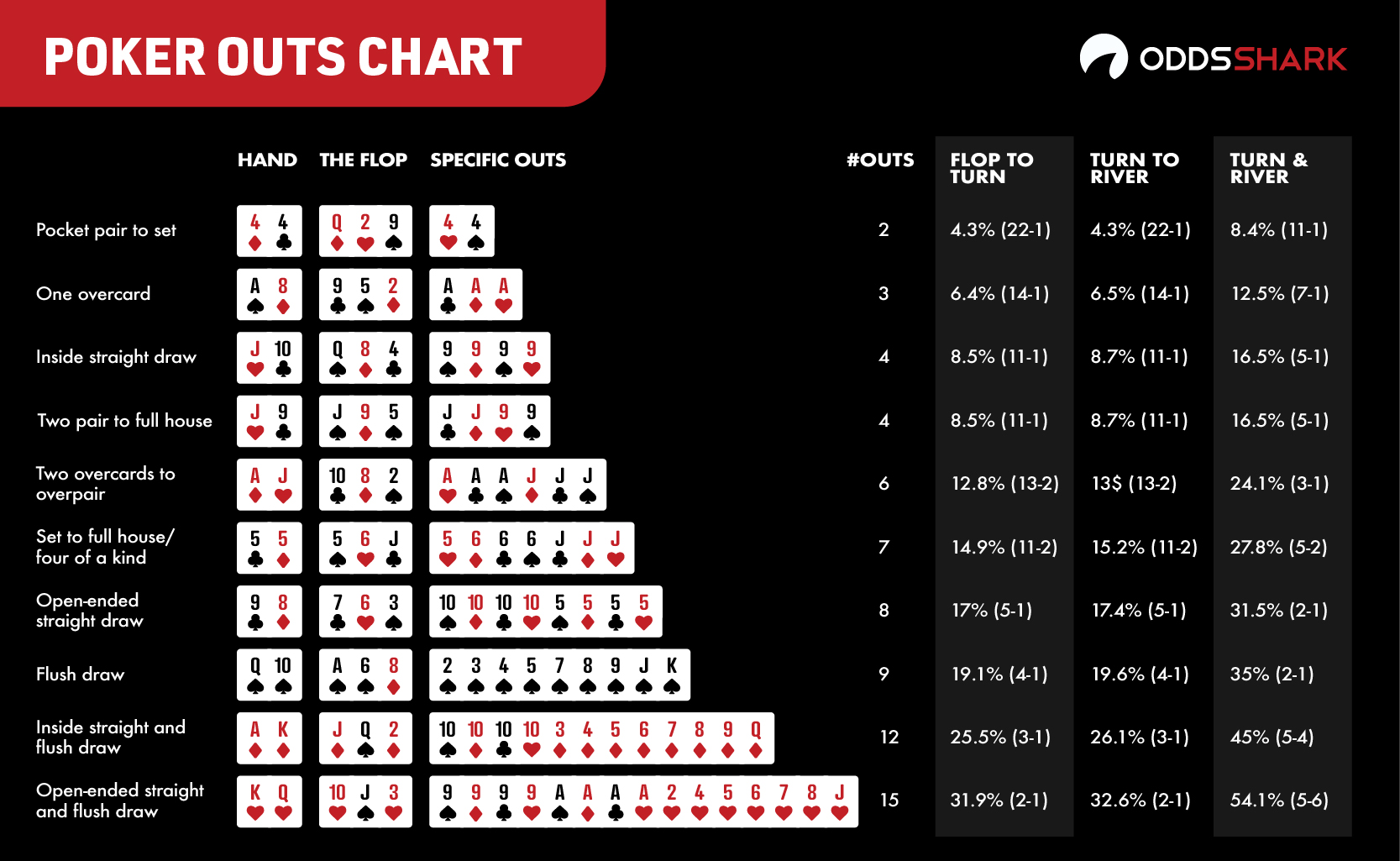- Pot equity is your percentage chance of winning the pot at any given point in a hand. That percentage is the amount of equity you have in the pot or how much of the pot 'belongs to you'. Here's a Texas Hold 'em example. You hold AsAh and you have a single opponent with what could be any hand.
- Heads Up Equity Tables in Texas Holdem. Below is a table showing how each of the 169 possible starting hands fare in an all-in (i.e no folding) head to head match up against a random hand. The hands are listed in order of highest to lowest Pot Equity. Click on any of the hands for a table listing each of the 169 opposition hands and equities.
- Range, equity, maximize (REM) is an incredibly effective process for evaluating situations and getting the most from every hand you play. The REM process forms the groundwork of optimum play in no limit Texas Hold'em.
Online Poker » Poker Strategy » Texas Hold Em » Poker Equity
The term equity simply refers to the value of an item, place or thing minus any liens owed or interest by other shareholder's.
Texas Holdem Pot Equity
The most common example would be the equity one might have in their car or home. Say, for example, that you have a home that is worth $500,000 and you owe the bank $350,000 before you actually own it. The difference of $150,000 between what you owe and what the house is worth would be your 'equity.'
Equity in poker isn't any different. A player's equity is defined by the strength of their hand in comparison to the other player's hands that are involved in the pot. And just like a home, where the value can change overnight thus changing the equity the homeowners have, a player's equity in a hand can change just as quick due to variables such as seeing another card or a player entering or leaving a pot.
Poker Equity Example

To actually be able to accurately calculate your equity in a hand, you're going to need to be able to put your opponent(s) on a range of hands and asses how that range has connected with the flop, turn and river. You have do use a range because you obviously cannot put your opponent on only two cards. However, for the purpose of this article, we'll assume that our opponent is actually playing his hand face up to make the idea of equity in poker much easier to understand.
The truth is that pot odds and equity calculations are at the heart of being a successful poker player and if you wanted to, you could write a book on the subject. In fact, Bill Chen did just that; his book The Mathematics of Poker doesn’t make for light reading though.
In this example, we are in a heads up pot with 5/10 blinds and we both have $100 stacks. Our hand is AJo and our opponent's hand is KQs.

Texas Hold'em Equity Calculator
We'll first look at the equity of these two hands from an all in preflop perspective. To figure out how much equity we'll have, we'll use a tool such as Poker Stove to figure out how often we expect to win with our AJo.
• AJo will win 56.08% of the time and lose to KQs 43.44% of the time.
Once we have that data, figuring out our equity is simple. You simply take the amount of money that is in the pot and multiply it by the number of times you expect to win. Since we both have $100 stacks and are all in, the pot is now $200. Here is what the equity calculation would look like.
• .56 * $200 = $112
If you include the money that we gain from when we tie (.24% = $4.80), you'll see that we have approximately $116.80 in equity when we are all in preflop. What this means is that getting our stacks in preflop with AJo against KQs is going to be +EV earning us $0.16 for every dollar we invest.
Now, let's take the hand further and say we saw a flop of A-J-5 rainbow giving us two pair. All of a sudden, we go from having a little bit of equity to having tons of it. To figure out exactly how much, once again, we will use Poker Stove.
After you plug the numbers in, you'll see that we are more than a 4-1 favorite to win this pot. To be exact, we will win 81.86% of the time and lose 18.13% of the time. There are no possible ties.
To calculate our equity here, we do the same thing as above. We take how often we are going to win and multiply it by the amount of money that is in the pot. Here is what the equation would look like assuming stacks went in on the flop.
.818 * $200 = $163.60
As you can see here, getting our money in on the flop as an 80% favorite is excellent. We have $163.60 in equity - this is equal to earning $.68 profit for every dollar we invest.
But let's turn the tables now. Remember that I said that equity could shift quickly due to another card being dealt. With that in mind, we'll say that we saw a turn which was a ten and completed the rainbow (no flushes possible). This is the worst possible card in the deck for our AJo because it gives our opponent a straight and leaves us drawing slim. How much equity do we have now?
Well, after running the numbers in Poker Stove, you will see that we are only 9% to win and 91% on average to lose. Here is how much equity in the pot we now have.
.09 * $200 = $18
With the change of one card being dealt, hopefully you can now see that we went from having a whopping $163.60 in equity to having only a measly $18 in equity - we're now losing money in the long run.
Why Learn About Poker Equity
Learning about poker equity is important because as you can see from our example above, you want to try to get your money in when you are ahead (have equity) and minimize how much you invest when you are behind (little to no equity). This is also known as getting value for your hand and/or charging for draws.
Using the example above, we had the best of it with 2 pair on the flop and were over 80% to win. So in this case, you want to be getting as much money into the middle as possible as 80% equity is a substantial amount of money over time. In addition to value, we knew our opponent had KQ and was drawing to a straight. So betting on the turn also charges the villain to draw incorrectly to a better hand. After all, we don't want KQ to improve and take our equity without having to pay to do so.
Summary of Poker Equity
In short, having an understanding of equity is important because if you can identify situations where you are ahead, behind or somewhere in the middle, then you can make your betting decisions accordingly. This is simply known as maximizing your wins while minimizing your losses.